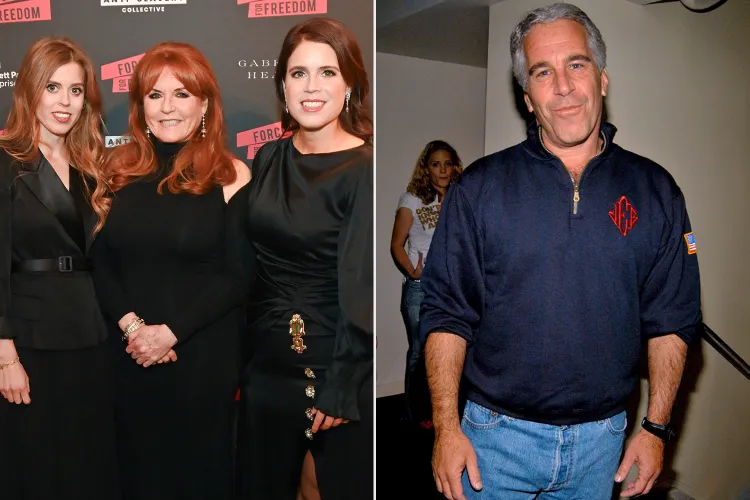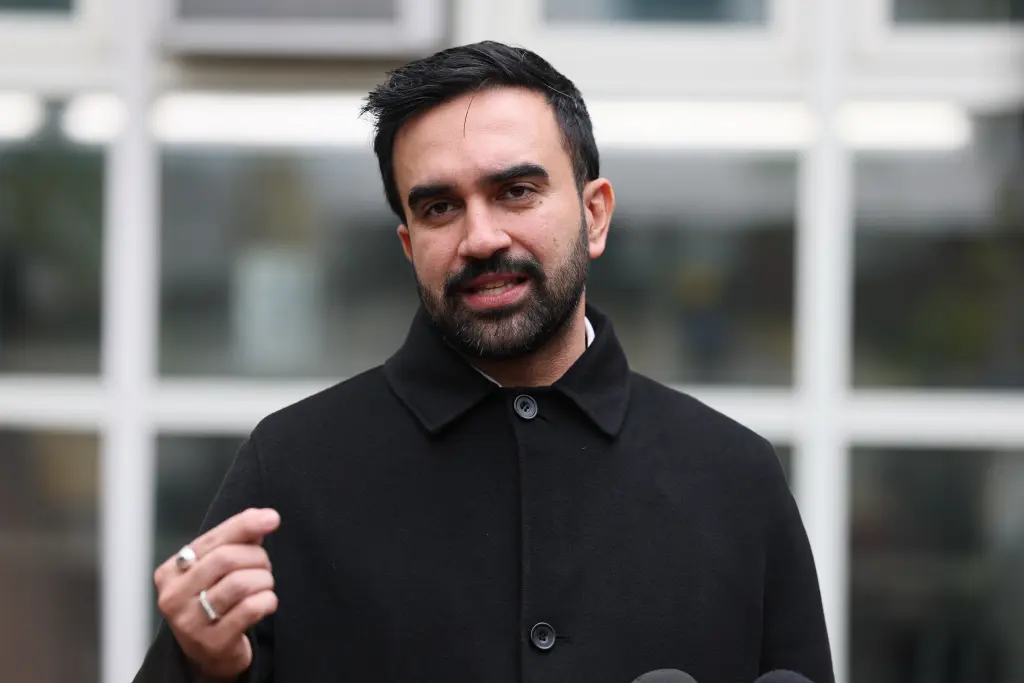Newly Surfaced Emails Allege Sarah Ferguson “Celebrated” Jeffrey Epstein’s Prison Release with Daughters Princess Beatrice and Princess Eugenie — What the Messages Say and Why the Claims Matter
Fresh allegations tied to Jeffrey Epstein have resurfaced in the form of emails that appear to place Sarah Ferguson, the Duchess of York, at the center of an uncomfortable claim. According to the messages, which have recently come to light, Epstein wrote that Sarah “was the first to celebrate my release with her two daughters in tow,” a reference to Princess Beatrice and Princess Eugenie. The emails suggest a post-release visit and imply a familiarity that will reignite public scrutiny of social circles around Epstein during the years after his first conviction.
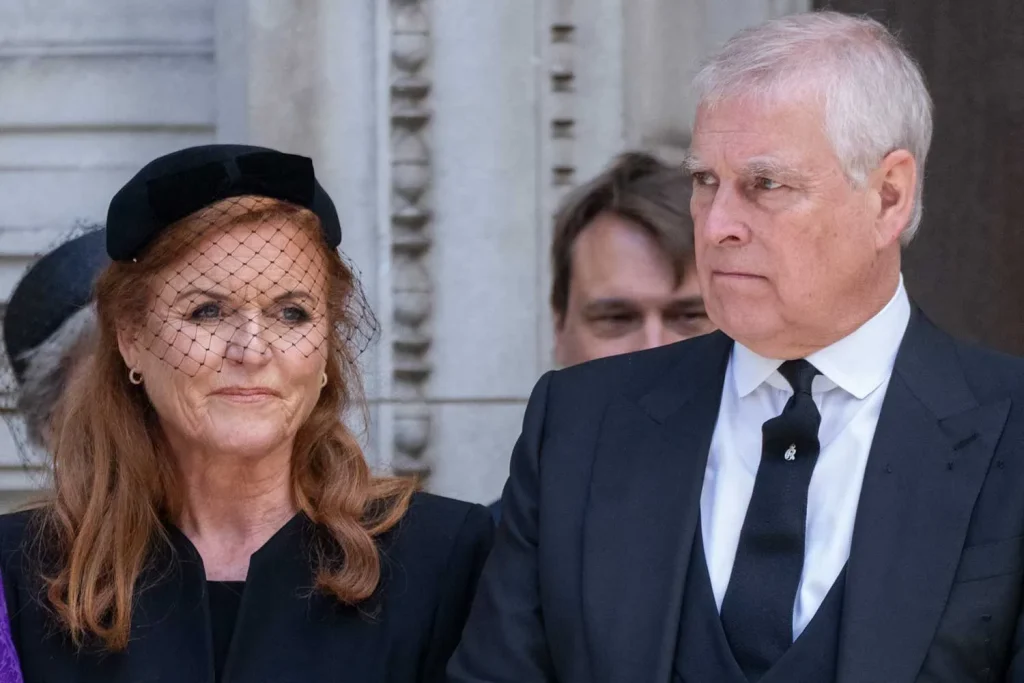
It’s important to be clear about what these messages are and what they are not. The emails, as described publicly, are allegations presented in written form by Epstein himself. They have not been independently verified in full by the public, and the precise context—who received them, when they were sent, and whether the events they describe occurred as stated—remains central to understanding their significance. As with many claims connected to Epstein, the details matter, and any single document offers only a partial view of a much larger picture.
Still, the language attributed to Epstein is striking because of how directly it names Sarah Ferguson and her daughters and because it places a celebratory tone on a moment—his release from prison—that has long been a flashpoint in the broader conversation about accountability. For many people watching from afar, the email reads not only as a claim about social proximity but as a suggestion of normalcy around a figure who, even then, was publicly linked to serious wrongdoing.
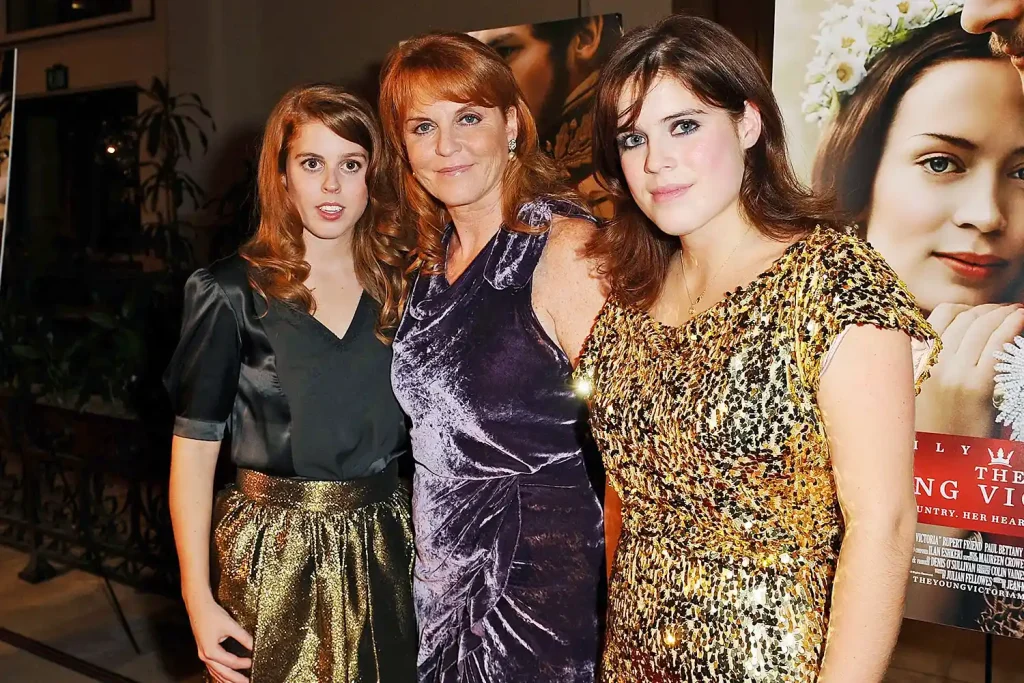
For the Duchess of York, the resurfacing of these messages invites renewed public questions about past associations. The royal family and its extended members have repeatedly been drawn into the orbit of Epstein-related coverage, sometimes by official legal filings and sometimes by anecdotal accounts that later require careful parsing. As with all such claims, the fairest approach is to separate allegation from established fact and to allow any party named to respond with their own account. The emails, standing alone, present Epstein’s version of events—nothing more and nothing less.
Context also matters. Epstein’s first criminal case and subsequent period of renewed influence left a trail of social interactions that mix the banal with the consequential. People who crossed paths with him did so at different times and for different reasons—some social, some professional, some incidental. That does not flatten the moral stakes; it simply underscores why documentation, corroboration, and clear timelines are essential before drawing conclusions about what a given meeting or visit meant.
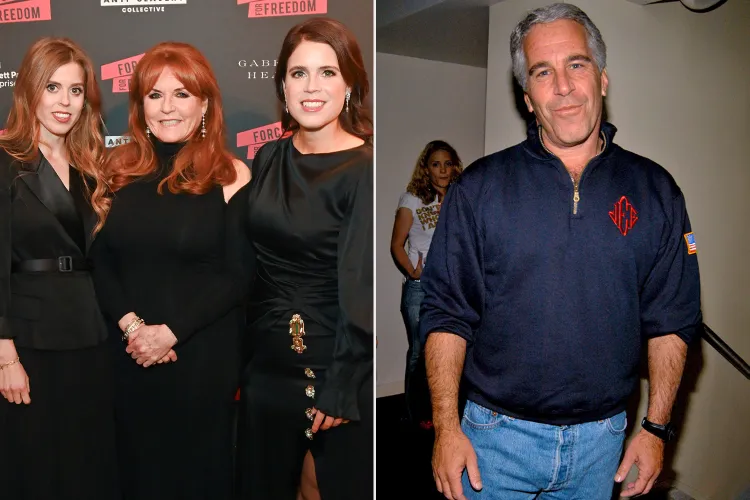
What gives this story momentum is the specificity of the phrasing—“the first to celebrate my release”—and the involvement of Princess Beatrice and Princess Eugenie, public figures in their own right. It’s not only a question of if the visit occurred, but how it was perceived by those present and why it happened at all. Those are questions the court of public opinion tends to answer quickly, while responsible reporting and historical judgment take more time.
As these emails circulate, two things can be true at once. First, their content is newsworthy because it adds to the documentary record around Epstein’s social network. Second, they remain claims until substantiated beyond the words of a man whose credibility is, at minimum, complicated by the crimes for which he was known. That is not a dismissal; it is a necessary guardrail for fairness.
If representatives for Sarah Ferguson or the Princesses choose to address the messages directly, their response will help fill in the gaps—confirming, denying, or re-contextualizing what Epstein wrote. Until then, the responsible posture is caution: note what the emails claim, recognize what remains unverified, and remember that reputations deserve the same presumption of accuracy and care we would ask for our own.
The story, like much of the Epstein archive, lives at the intersection of documentation and doubt. Its impact will depend on what more, if anything, emerges—additional records, corroborating witnesses, or a statement that clarifies what really happened. For now, the emails are a reminder of how the fallout from Epstein’s life continues to ripple outward, pulling familiar names back into a narrative that still demands careful, patient scrutiny.
